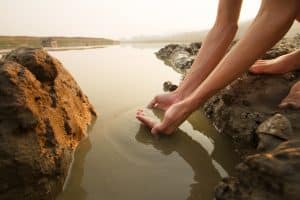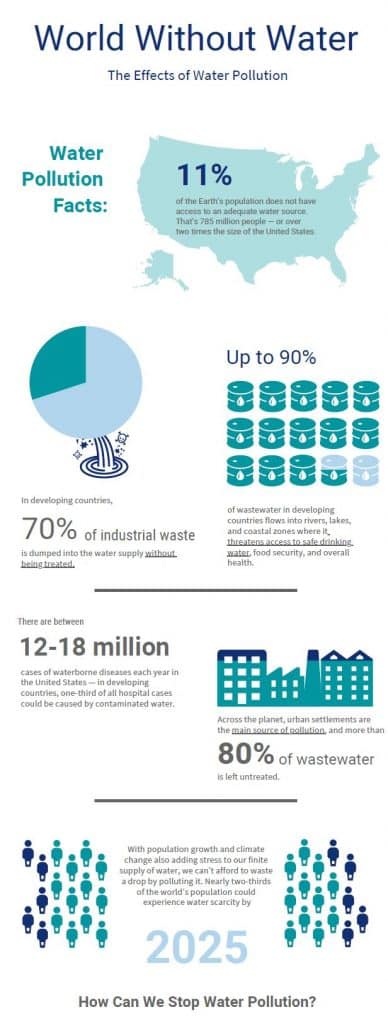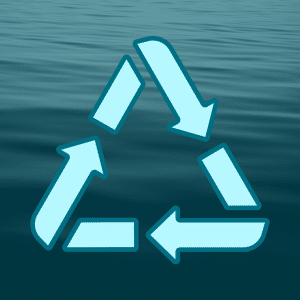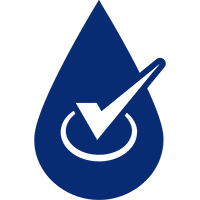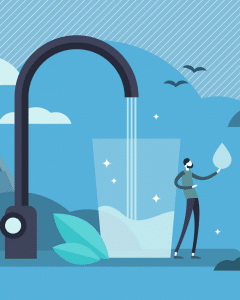On May 31, 1889, the South Fork Dam near Johnstown, Pennsylvania collapsed during a large storm. The failure of this dam claimed 2,209 lives as 20 million tons of water flooded the town. Prior to the dam failure, dam safety awareness was minimal and was not widely recognized. Now, 131 years later, strong dam safety programs, investment in America’s critical infrastructure, and dedication to public-private partnerships are just as crucial. The importance of Dam Safety Awareness must continue growing to assure America’s dams are safe, resilient, and operational.
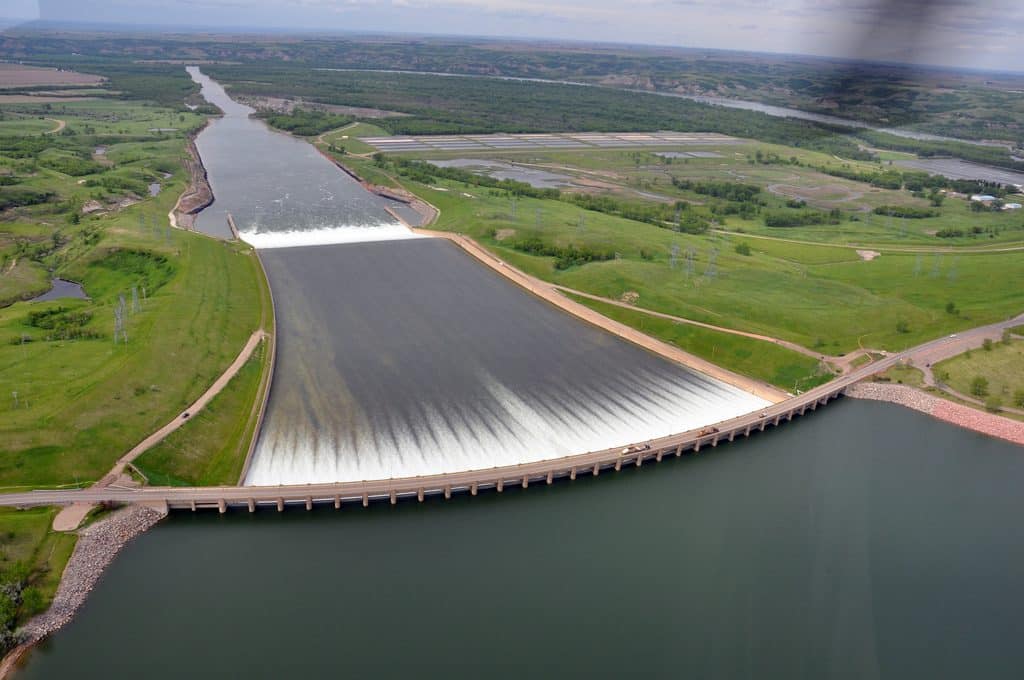
Dams in America
There are more than 90,000 dams in the United States that have been built to maximize the use of our most valuable resource – water. They serve several functions including water supply for agricultural, community, domestic, and industrial use; flood control; recreation; and renewable energy.
Water Storage – Dams create reservoirs that supply water for irrigation, domestic and commercial water supply, recreation, fire control, and more.
Flood Control – Damns aid in reduced flooding and erosion.
Irrigation – Ten percent of the water used by American cropland is stored behind dams.
Renewable Energy – Dams produce 8-12 percent of the nation’s power needs via hydropower. Without hydropower, the United States would have to burn an additional 121 million tons of coal, 27 billion barrels of oil, and 741 billion cubic feet of natural gas.
Recreation – Boating, fishing, swimming, and camping are just some of the recreational activities that take place as a result of hydropower created by dams.
Dam Safety Issues in America
Safe operation and maintenance of dams are critical when it comes to avoiding potential dam failure and disaster. With tens of thousands of dams across the country, many of which are approaching their life expectancy, it’s important to be on the lookout for dams with high-hazard potential. High-hazard potential dams climbed to more than 15,000 in 2018, and only continue to grow due to growing populations. This increase is known as ‘hazard creep’. Hazard creep describes the growth of development such as people, buildings, and businesses, that moves closer to dams.
Investing in Dams
Dams are a major piece of our country’s critical infrastructure, and investment is needed to rehabilitate those that are deficient.
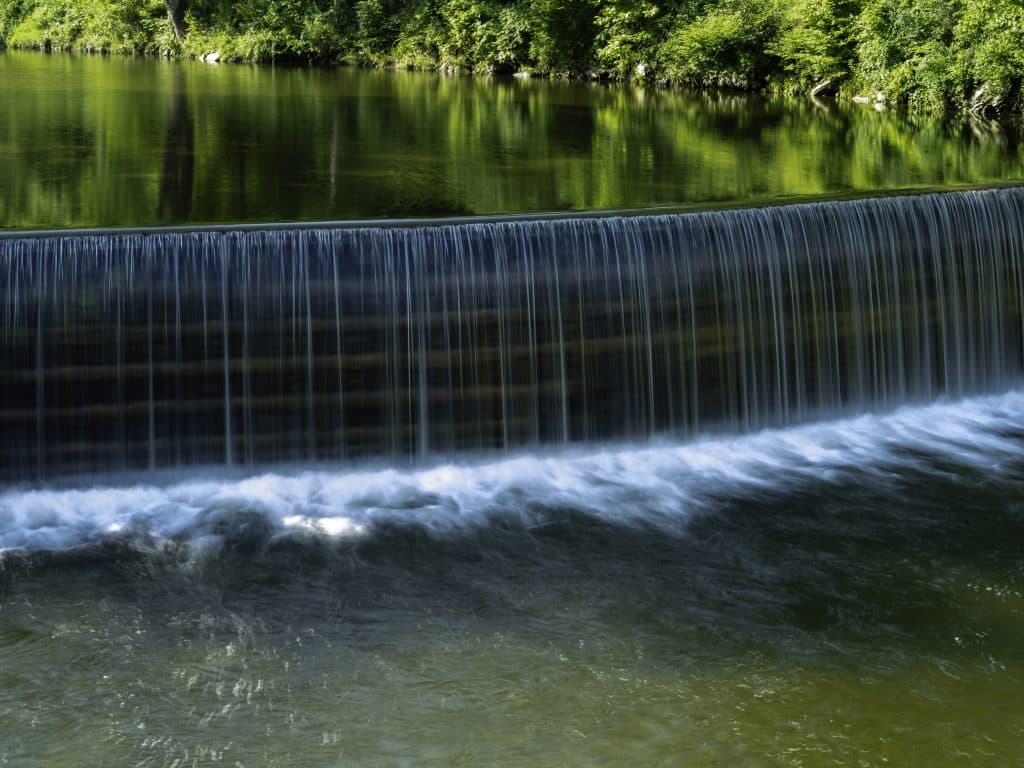
Why do dams need upgrading?
- Deterioration
- Changing technical standards over time
- Improved techniques for building
- Increases in population
- Better understanding of precipitation patterns in areas
- Changing land use
Upgrading a dam when it reaches an increased hazard potential is critical for the integrity of the dam structure as well as the safety of those living in the vicinity. The problem that dam owners have (especially on the private side) is the difficulty in funding the upgrades.
The Association of State Dam Safety Officials have tracked dam rehabilitation costs for non high-hazard and high-hazard dams since 2004.

Recreational Dam Safety Awareness
Outside of critical infrastructure, dams provide recreational opportunities for boaters, swimmers, kayakers and more. Unfortunately, there are dozens of deaths on American waterways each year that take place at structures called ‘low-head’ dams.
Low-head dams are low in height and typically have a 1-15 foot drop off, allowing water to flow off the dam. Below the drop off, water falling from the dam can create circulating currents that can trap people and objects underwater against the face of the dam. The force of the water is extremely strong, and these structures have earned the title of ‘drowning machines.’
Many people are unaware of the dangers associated with dams which is why it is so important to educate communities of dam safety.
Click here to learn more about public safety around dams.

